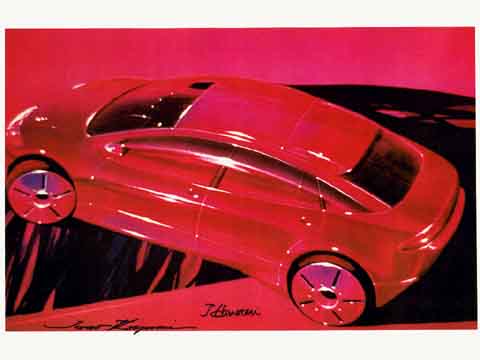Mazda's 3981cc 12-cylinder engine in W configuration; having 3 banks of 4 cylinder (much like VW's W12). This engine was shown at the 1989 Tokyo motor and was intended for Mazda's Amati luxury brand that never materilized.
The engine was limited to 280hp and 274lb-ft of torque because of the Japan's gentleman's agreement, but keeping in tradition of Mazda's unique engine design history (rotary, miller cycle, etc) they decided to go with the W-configuration for their 12 cylinder.
Amati MRY concept

Does anyone have more info on this engine and Luxury brand from Mazda?
The engine was limited to 280hp and 274lb-ft of torque because of the Japan's gentleman's agreement, but keeping in tradition of Mazda's unique engine design history (rotary, miller cycle, etc) they decided to go with the W-configuration for their 12 cylinder.
Amati MRY concept

Does anyone have more info on this engine and Luxury brand from Mazda?

